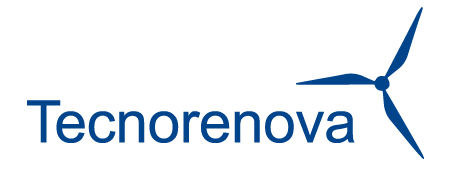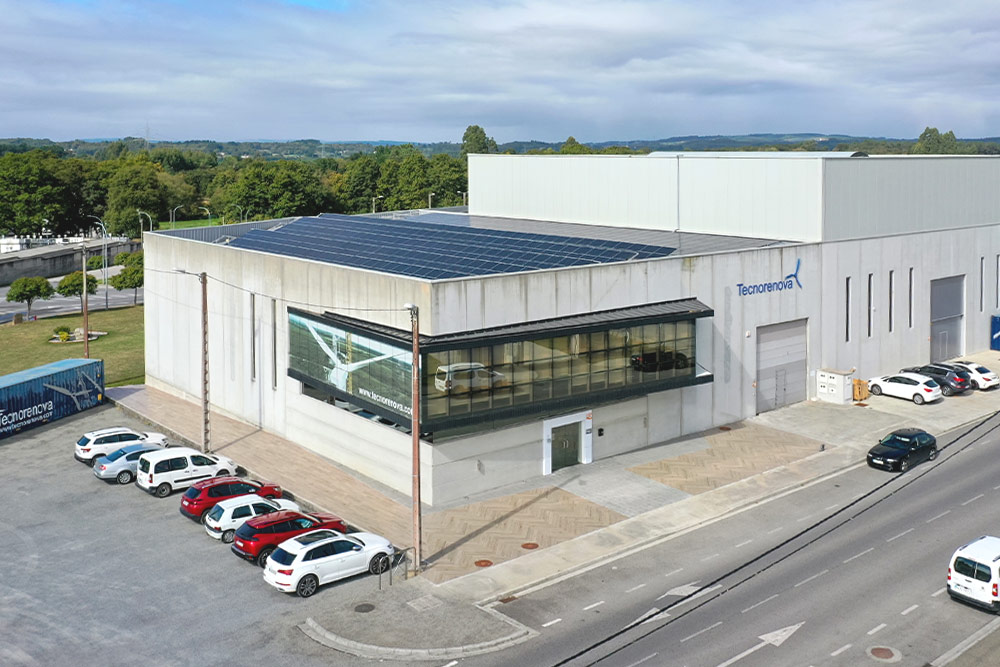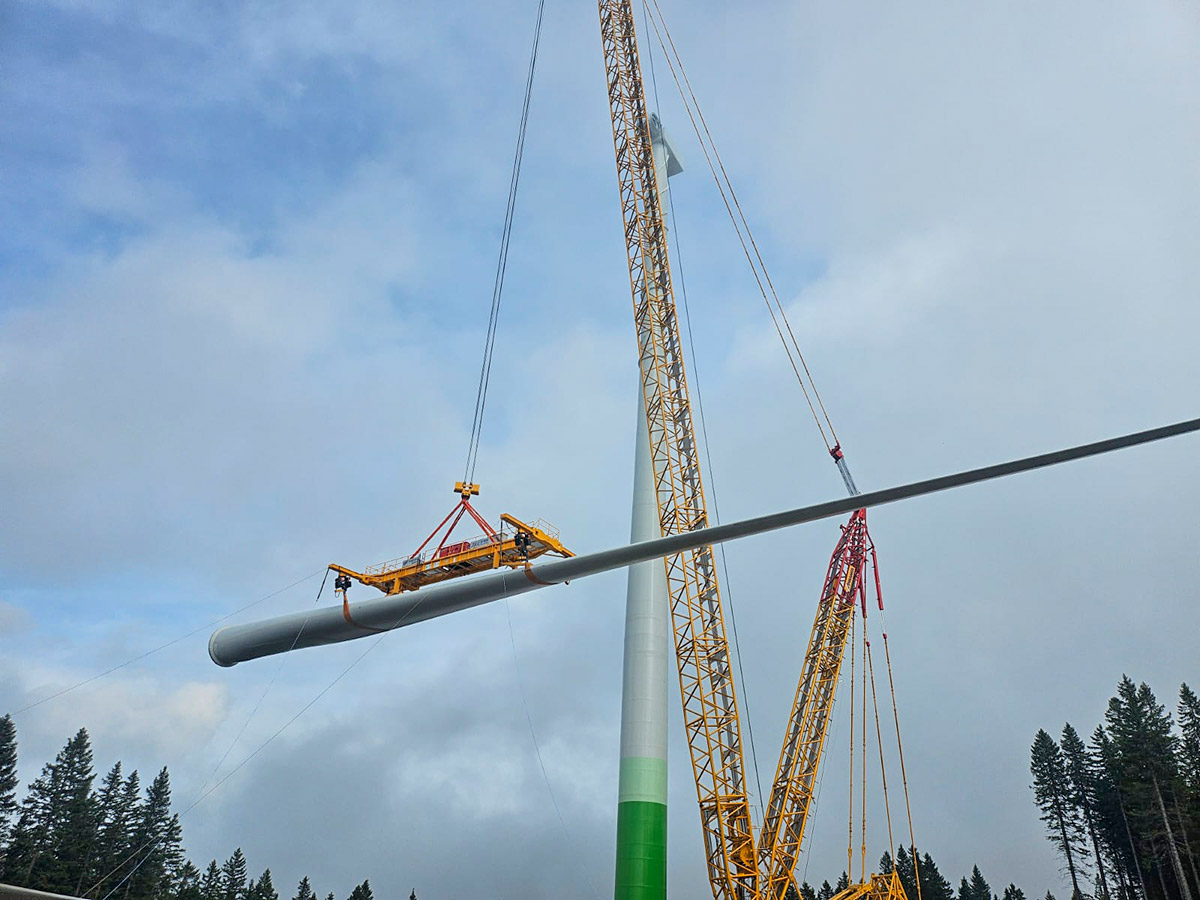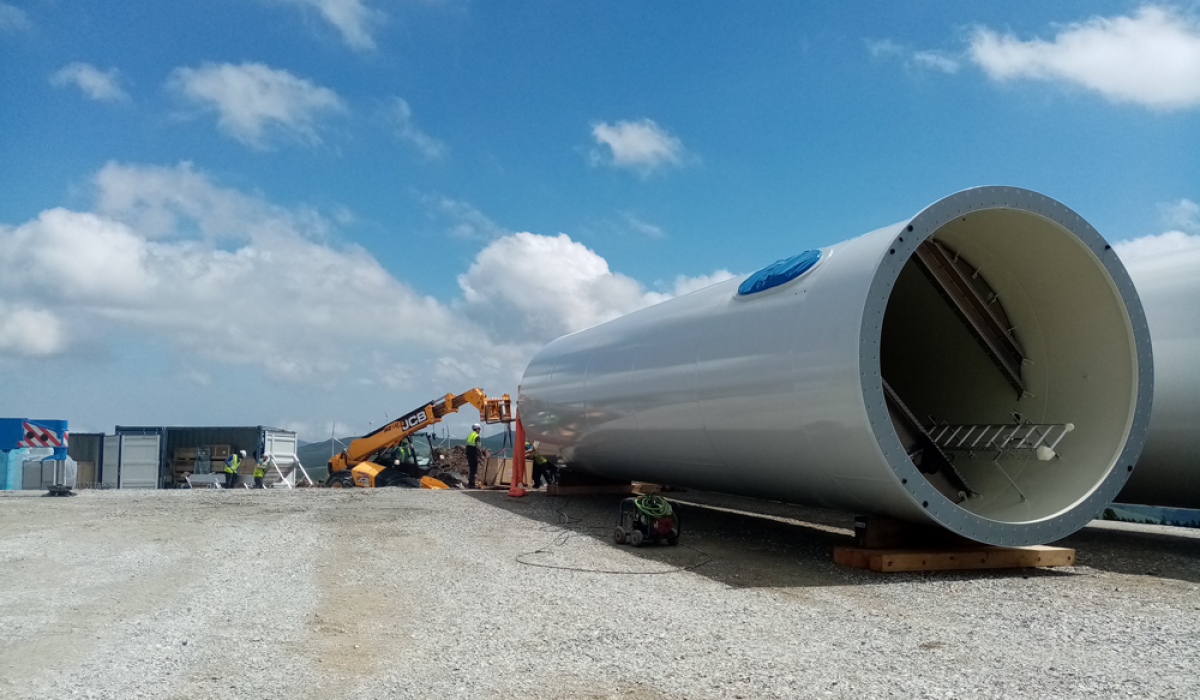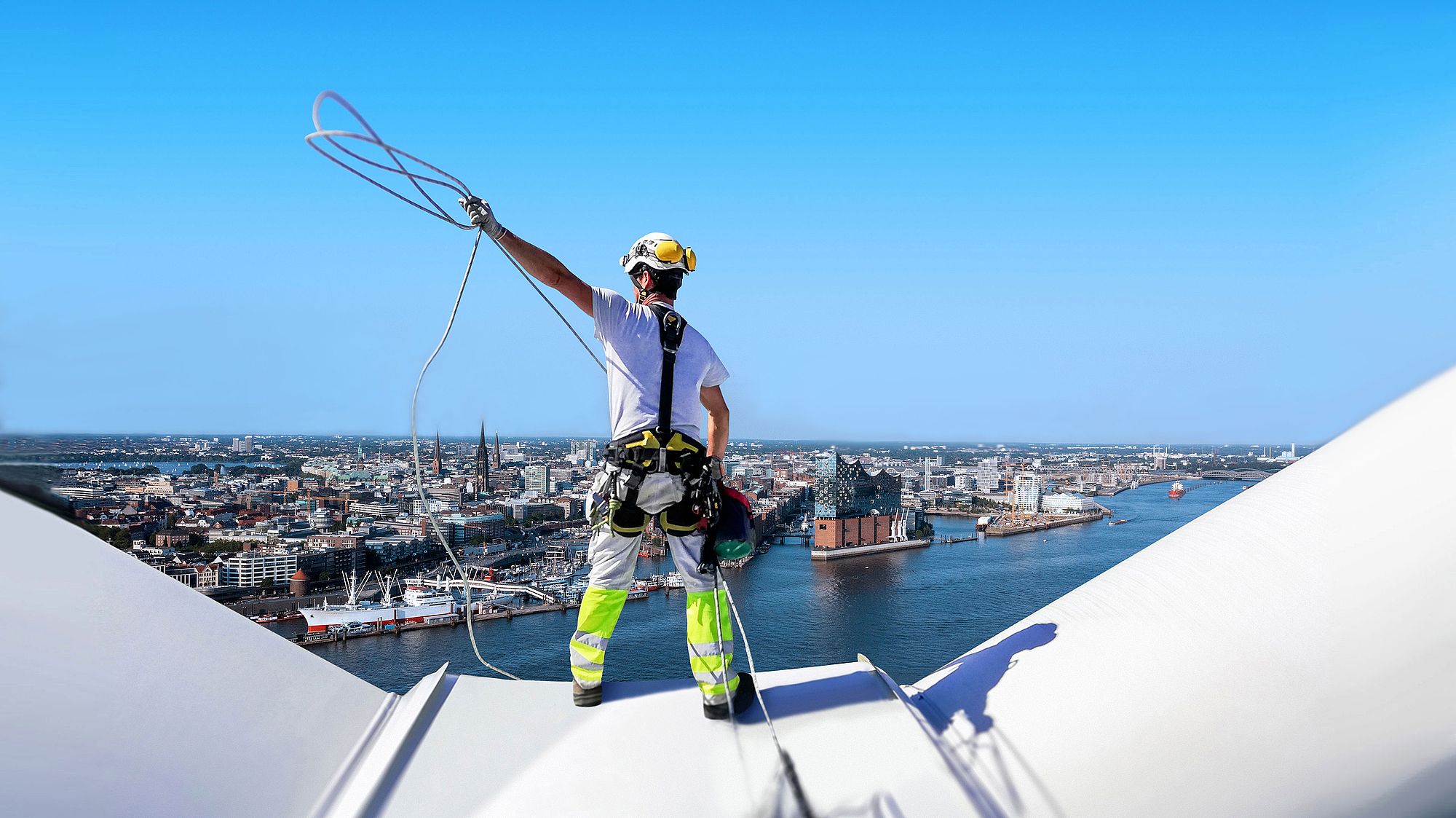The PNIEC aims to create 300,000 new jobs per year, with Galicia leading the way in wind and offshore energy: ‘Half of the students have a job before they finish.’
‘We’re not just talking about engineers here, but also mechanics, electricians, installers, maintenance technicians… The energy transition is a key objective at the European and national levels in the context of decarbonisation, and it will generate enormous demand for professionals and specific companies. This will also impact ancillary industries and services.”
In a context in which Galicia brings together sufficient experience, resources and know-how to lead areas such as wind and offshore wind power in Europe, Oriol Sarmiento, Manager of the Galician Renewable Energy Cluster (Cluergal), is clear that the region has the potential to catalyse a large part of the new jobs generated by the sector in our country.
This is no trivial matter. Firstly, because the Integrated National Energy and Climate Plan (PNIEC) estimates that the energy transition and the commitment to green energy will create between 253,000 and 348,000 net jobs per year in Spain until 2030.
Secondly, because these figures are particularly significant in a community like ours, which has historically been prone to emigration and tired of losing talent: in the decade following the 2008 crisis, 50,000 of our young people left to work abroad.
‘Naturgy gave me the opportunity of a lifetime’
‘In physics, it is very common to go abroad to find work, but I always wanted to stay, and when Naturgy offered me this job, honestly, it was like a dream come true.’
Truth and enthusiasm come together in the voice of Sabela Muñoz, from Ferrol, who decided to specialise in renewables and do the MERYCSE Master’s degree at the USC thanks to an elective she took in her third year of university: “I loved the subject and I liked the idea of contributing to the fight against climate change. Even then, you could sense that they were going to be the future, although there was still uncertainty. As soon as I started the master’s degree, I realised it had been the right decision,” she says.
So much so that, in fact, Sabela had already found a job before finishing it in February this year: ‘I never imagined such an opportunity for professional development, let alone with such good working conditions,’ she says, and she has no doubt: ‘Naturgy gave me the opportunity of a lifetime.’
Flagship projects that prove it is possible
The subject in which Muñoz found her calling was called Energy Physics, and the professor who taught it was José A. Rodríguez Añón, also the coordinator of the master’s degree programme, whose testimony allows us to verify that this student’s case is not an isolated one: “The opportunity exists and is there. The placement rate is very high and, in fact, more than half of the students get a contract before they finish,‘ says the expert, for whom the energy transition could mark a turning point in Galicia’s industrial model if ’it is done right”.
In this regard, he insists on the importance of investing in research development at regional universities: ‘Companies such as Naturgy, with whom we collaborate on the master’s degree, are proposing very interesting projects in Galicia, proposals that are closely linked to the region and can serve as drivers and demonstrations that it is possible.’
More demand than students in vocational training
“We used to call the companies. Now, they call us.’
Beni Sabreu is a tutor for the second year and internships in the Higher Cycle of Renewable Energies at the Valentín Paz Andrade CIFP in Vigo. He talks about a 100% placement rate and even goes further: “There is a lot of demand, mainly from the wind and solar-photovoltaic sectors. In recent years, it has grown to the point where it now exceeds the number of students. We used to call the companies, and now they call us.”
For Sabreu, renewables offer a clear and optimistic future for students, and this is evident in the classroom. Those who work in the training sector know that every job opportunity that is created has an impact that goes far beyond the statistics on paper: “I have been an internship tutor for 15 years and I lived through the 2008 crisis, which was also a crisis of motivation for many young people. Now, the situation is different, they know it, and that is very motivating for them,” says the teacher of this course, which enables students to work both in the field and on technical office projects.
And from the first opportunities to the second, because Galician wind power is also offering the perfect opportunity for retraining for those who are committed to quality employment. This is the case of Cipriano García Conde, who at the age of 40 decided he wanted to leave the hospitality industry and ‘do something different with his life’.
Related news
We are pleased to announce that Tecnorenova has successfully completed installation of the first turbine at the Freiländeralm 2 wind farm (Austria), as part of the project being developed [...]
The Vilalba-based company signs an agreement with CIFP Ferrolterra to participate in two higher vocational training cycles. Dual Vocational Training is a recently implemented concept in the field of vocational [...]
The next level of the energy transition: WindEnergy Hamburg leads the way The signal is clear: the wind industry is ready to take on the challenges of the energy transition. [...]
